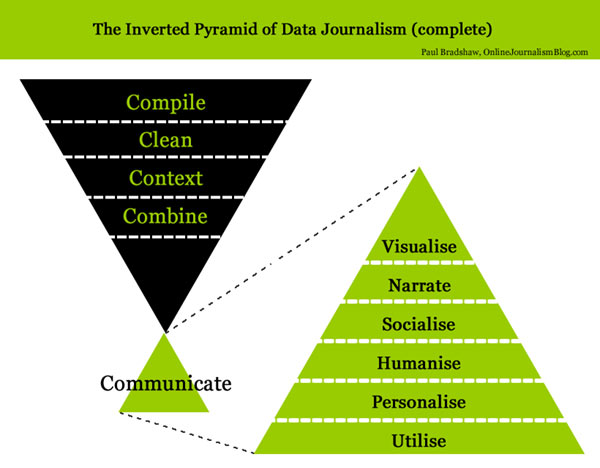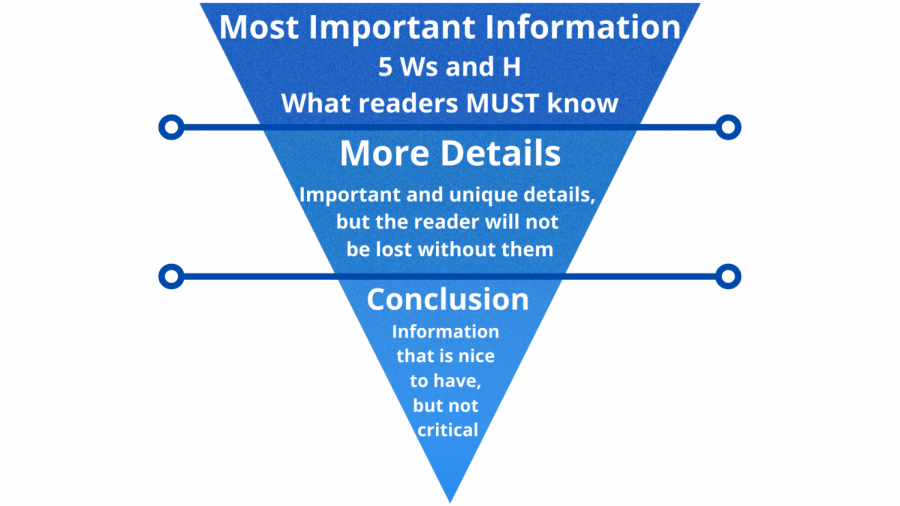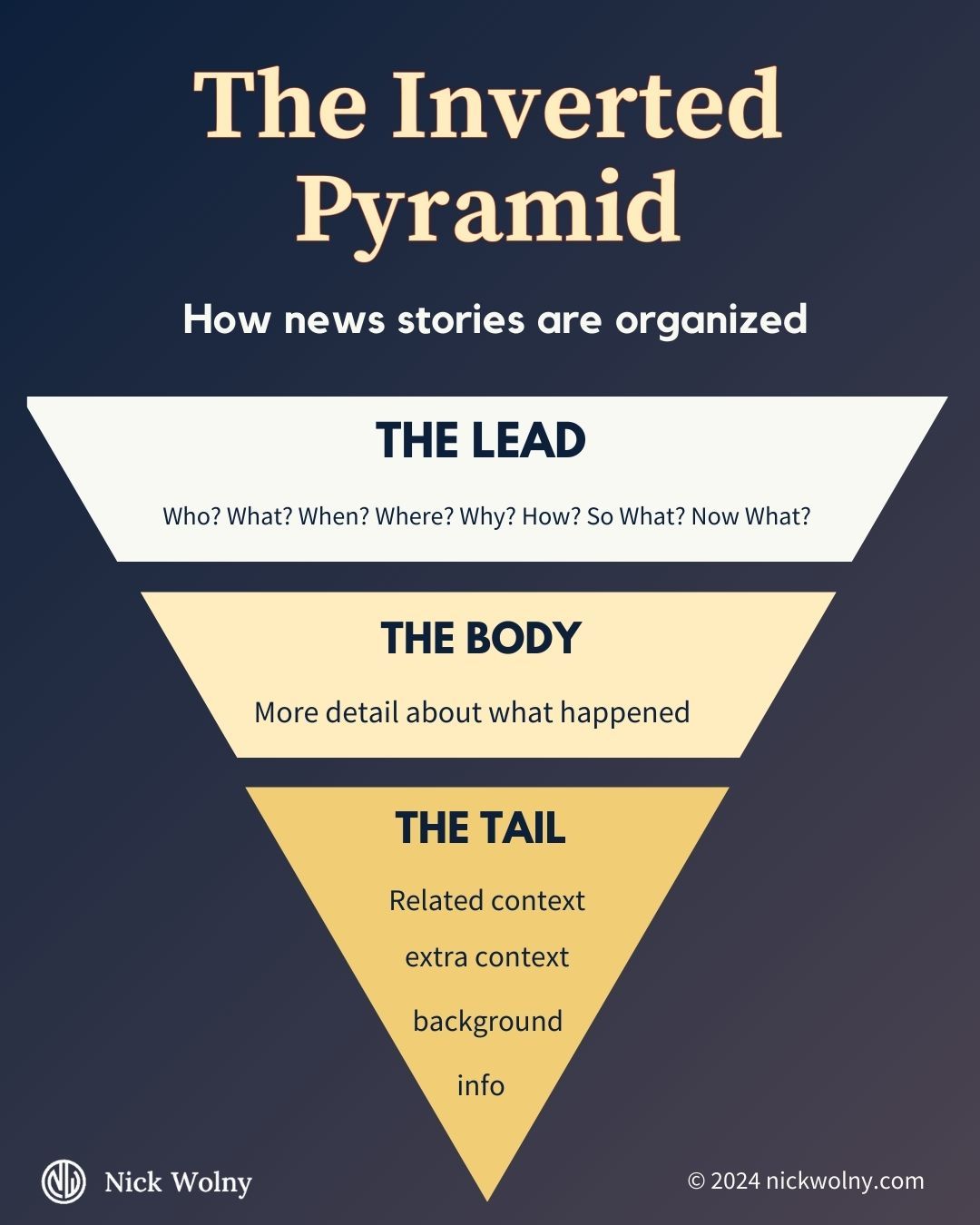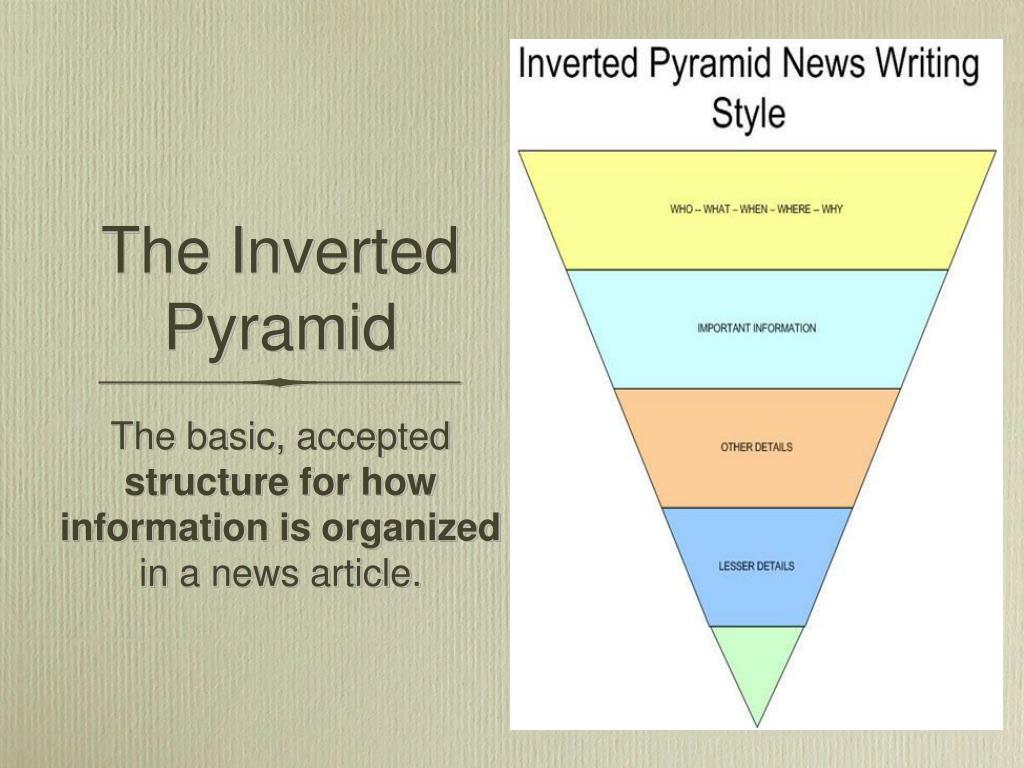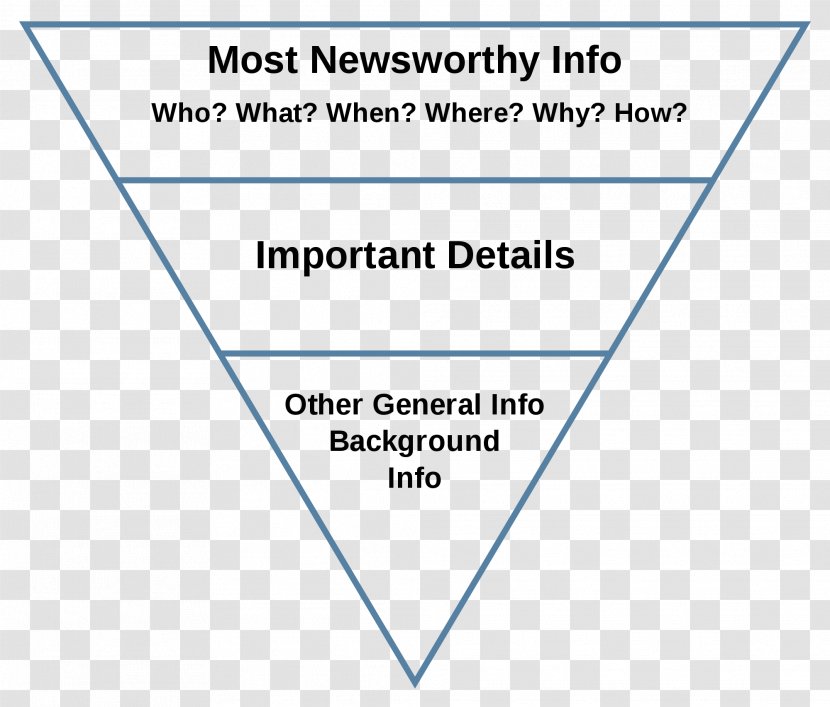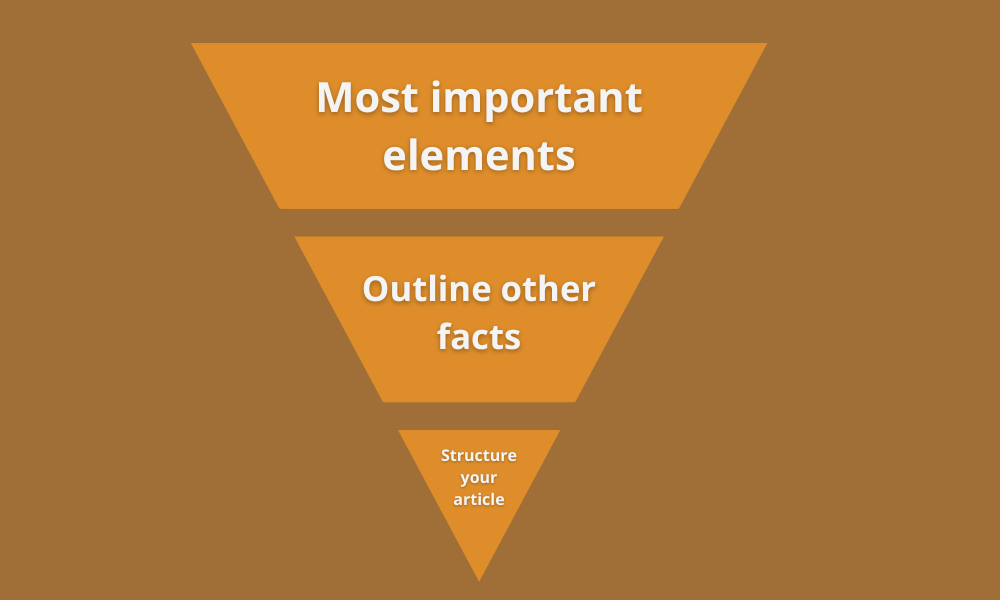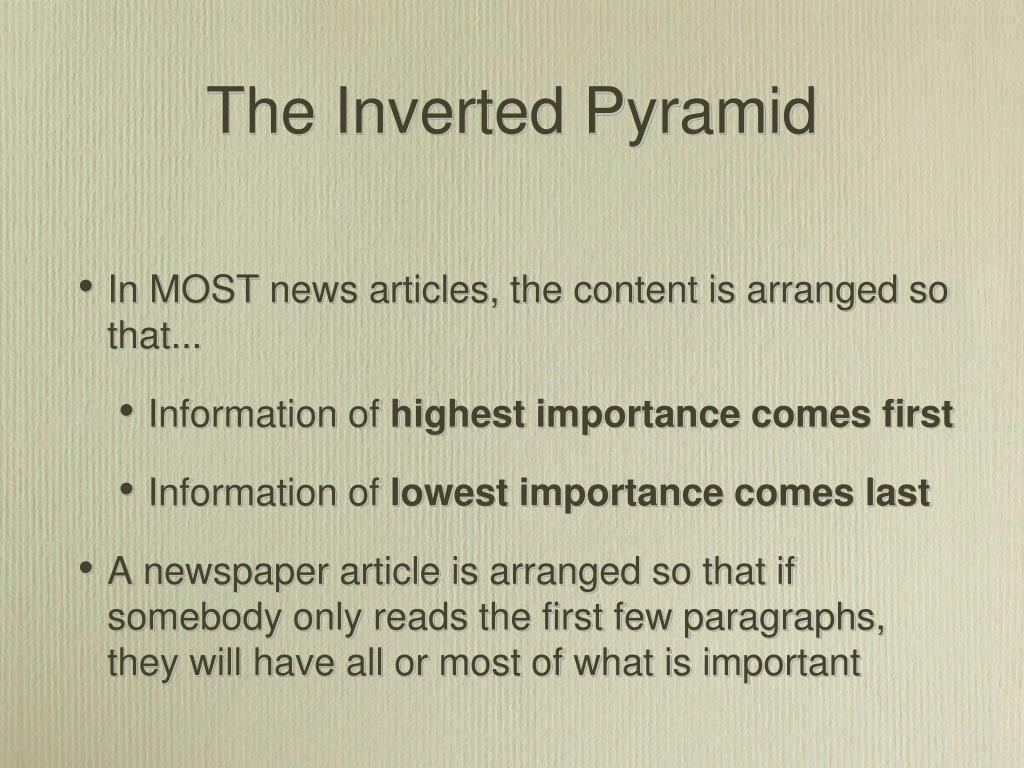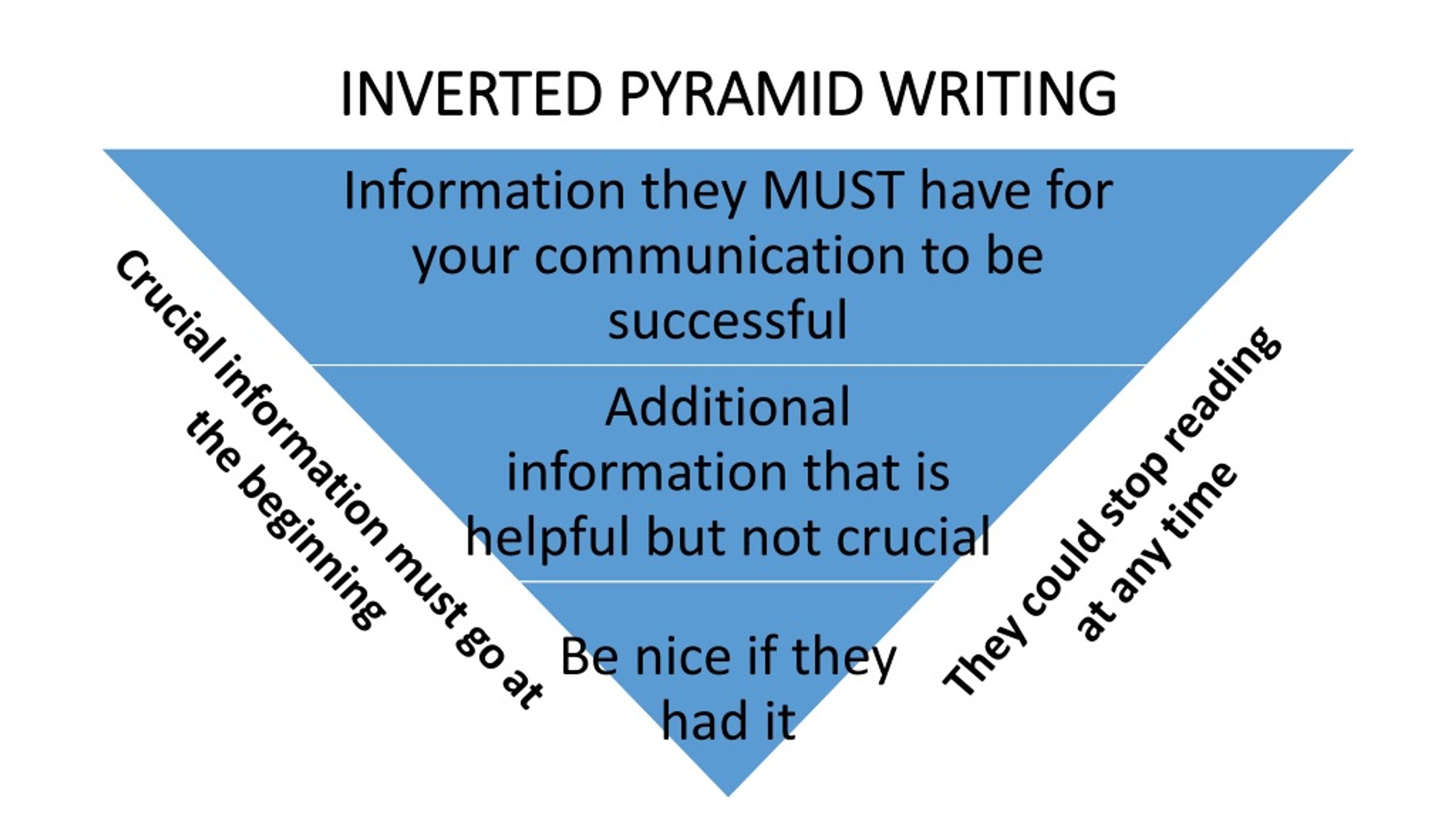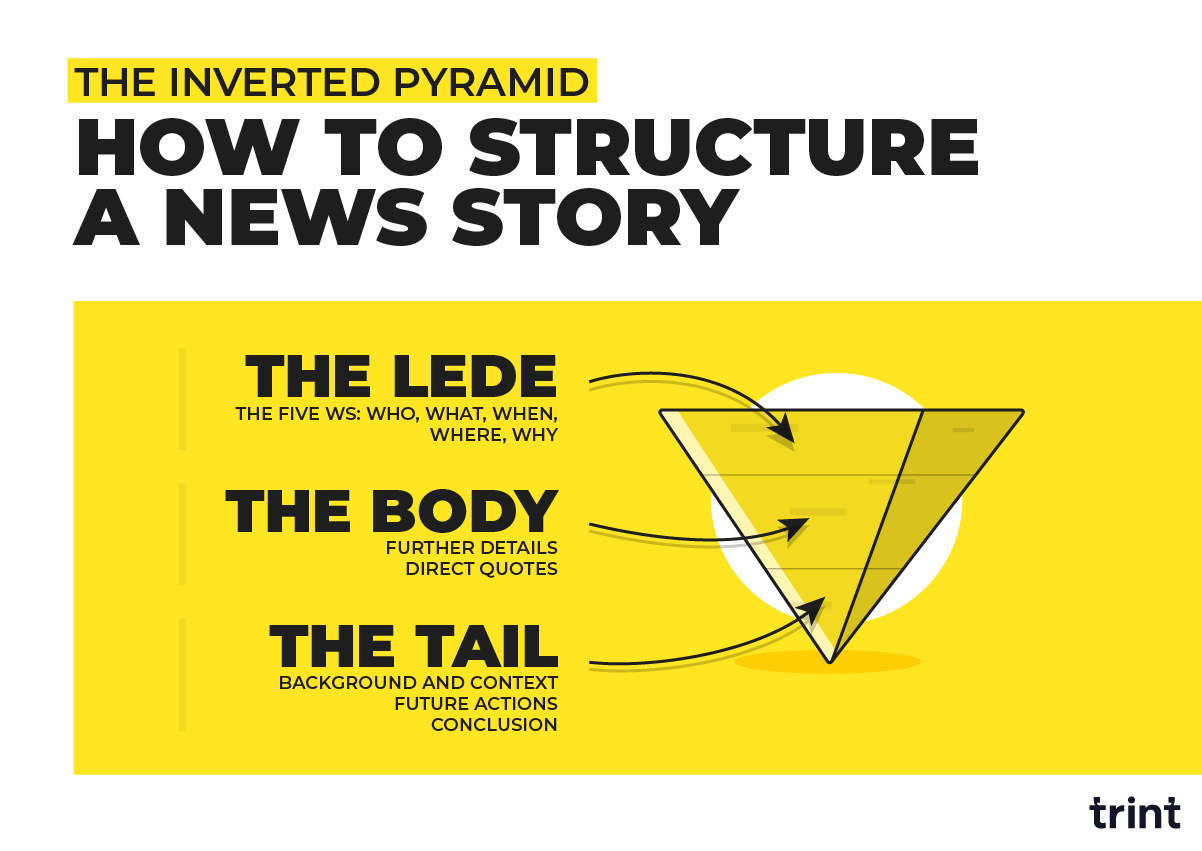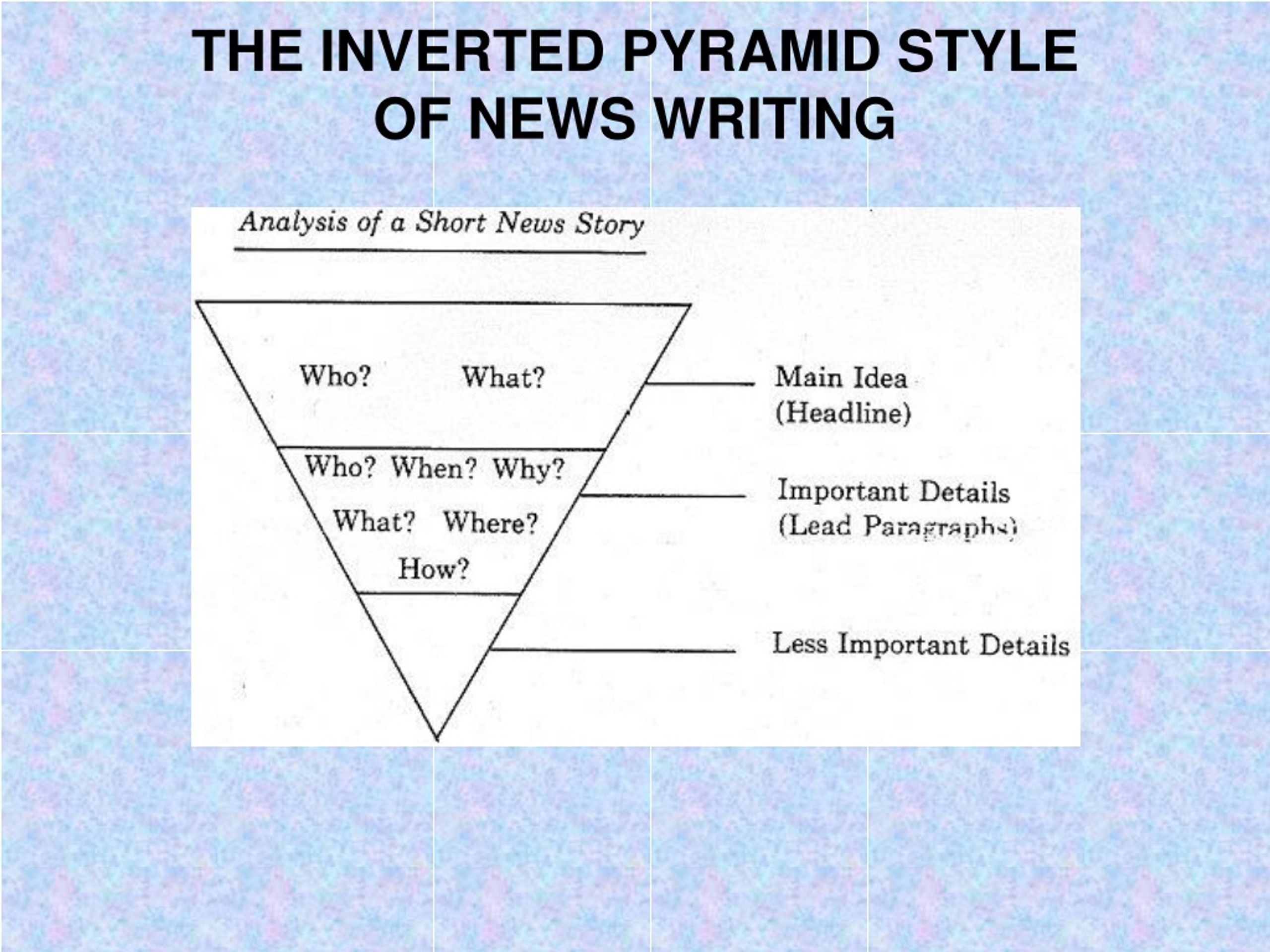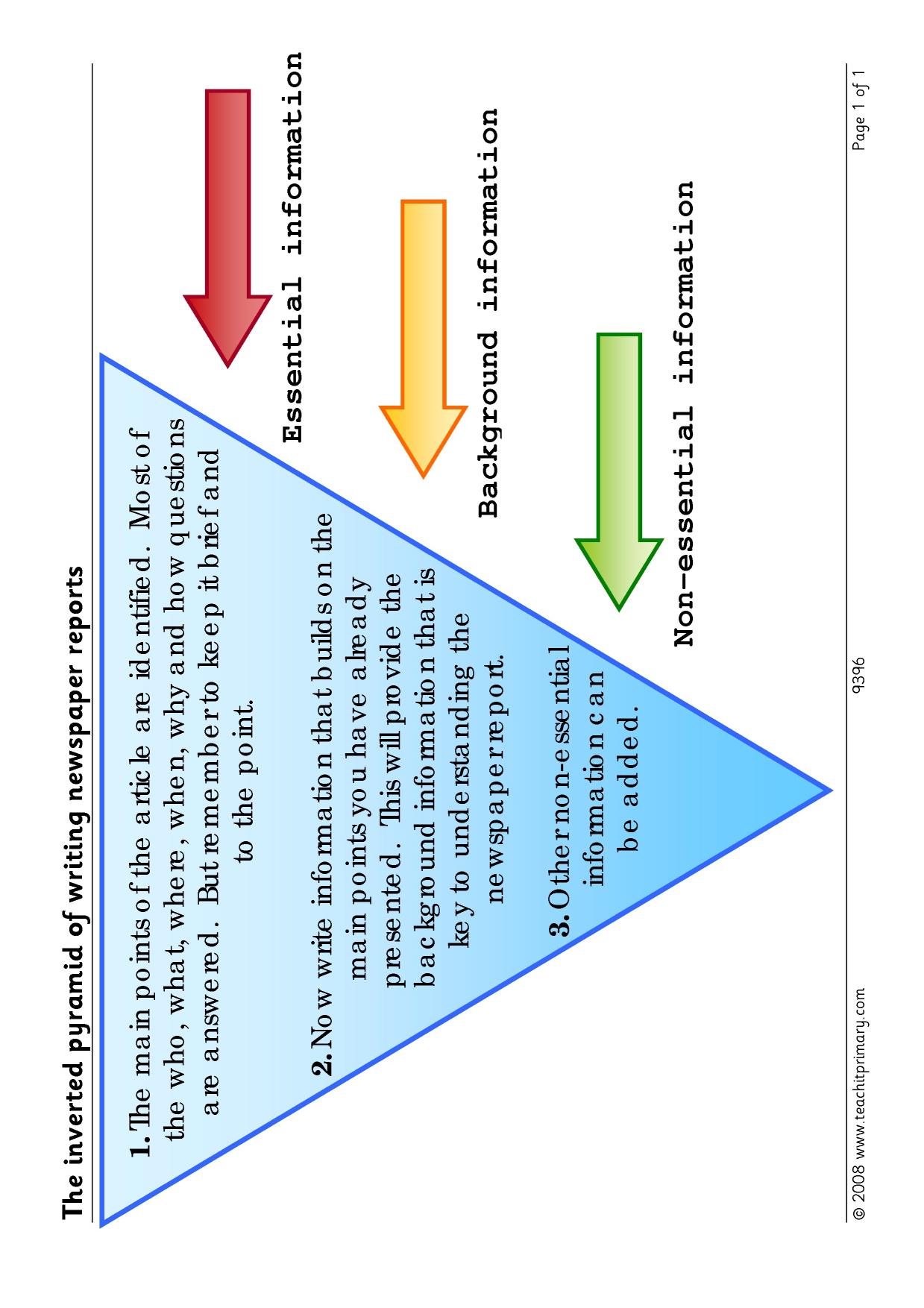What Is The Inverted Pyramid In Journalism

In the fast-paced world of news, time is of the essence. Journalists rely on a time-tested technique called the inverted pyramid to deliver crucial information swiftly and effectively.
The inverted pyramid is a method of structuring a news story where the most important information comes first. This ensures readers grasp the essential details immediately, regardless of how much of the article they read.
What is the Inverted Pyramid?
The inverted pyramid is a writing style that prioritizes information. The most crucial information – the who, what, where, when, why, and how – is presented in the lead paragraph.
Think of it as an upside-down triangle: the broad base represents the most vital facts, gradually narrowing down to the least important details. This structure allows readers to quickly understand the main points, even if they don't read the entire story.
This structure benefits editors and readers alike.
The Lead (Most Important)
The lead is the opening paragraph or two that encapsulates the essence of the story. It should answer the key questions: Who was involved? What happened? Where did it occur? When did it take place? Why did it happen? and How did it unfold?
Crafting a compelling lead is crucial. It grabs the reader's attention and provides a clear understanding of the story's core elements.
A strong lead is concise, factual, and avoids unnecessary jargon.
The Body (Important Details)
The body of the article elaborates on the information presented in the lead. It provides supporting details, context, and explanations.
Information is presented in descending order of importance. Subsequent paragraphs expand on the initial details, offering additional facts and perspectives.
Quotes from sources and eyewitness accounts can be included to add depth and credibility to the story.
The Tail (Background Information)
The tail of the article contains background information or less crucial details. This section can be easily cut or shortened without significantly impacting the reader's understanding of the main points.
The tail provides additional context or historical information relevant to the story. This section can also include less important information.
The tail is easily removed to fit page layout or time constraints.
Why Use the Inverted Pyramid?
Several reasons contribute to the inverted pyramid's enduring popularity in journalism. In today's media landscape, readers often scan articles quickly, looking for the most important information.
The inverted pyramid caters to this reading style by presenting key facts upfront. This ensures that readers grasp the core message even if they only read the first few paragraphs.
Furthermore, the inverted pyramid makes it easier for editors to cut stories to fit available space. Because the least important information is at the end, sections can be removed without sacrificing the story's core message.
History of the Inverted Pyramid
The inverted pyramid is thought to have originated during the American Civil War. Telegraph lines, the primary means of transmitting news, were often unreliable.
Journalists needed a way to ensure that the most important information would reach the newsroom, even if the line was cut. They began front-loading their stories with the most vital details.
This practice evolved into the inverted pyramid structure, which has remained a standard in journalism ever since.
Examples of Inverted Pyramid in Use
Virtually all news articles follow the inverted pyramid structure. Consider a news story about a local election result. The lead paragraph would state the winning candidate, the office they won, and the margin of victory.
The following paragraphs would provide details on the candidate's platform, voter turnout, and reactions from the opposing candidate. Background information about the election or the candidates' previous experience would be included at the end.
This structure allows readers to quickly understand who won the election and then delve deeper into the details if they choose.
Advantages and Disadvantages
The inverted pyramid offers several advantages, including speed, clarity, and ease of editing. It is an efficient way to deliver information to readers in a concise and accessible manner.
However, the inverted pyramid can sometimes lead to repetitive writing. The same information may be presented in slightly different ways in the lead and subsequent paragraphs.
Additionally, the inverted pyramid may not be suitable for all types of stories, such as long-form narratives or investigative pieces, which may benefit from a more chronological or thematic structure.
Alternatives to the Inverted Pyramid
While the inverted pyramid remains a dominant structure in journalism, other writing styles are also used. The hourglass structure begins with an inverted pyramid lead, transitions to a chronological narrative, and then returns to a summary of the key points.
The kabob (or circle) structure begins with a specific anecdote, widens to a general discussion of the topic, and then returns to the original anecdote at the end. This provides a sense of closure.
These alternative structures can be effective for certain types of stories, but the inverted pyramid remains the gold standard for breaking news and factual reporting.
Conclusion
The inverted pyramid remains a fundamental tool for journalists. It provides a framework for delivering information quickly, clearly, and effectively.
Although alternative writing styles exist, the inverted pyramid remains the dominant structure for breaking news and factual reporting, and will continue to be useful for delivering news.
Understanding the inverted pyramid is essential for anyone seeking to understand how news is created and consumed. Mastering this technique is crucial for aspiring journalists and anyone seeking to communicate information effectively.
